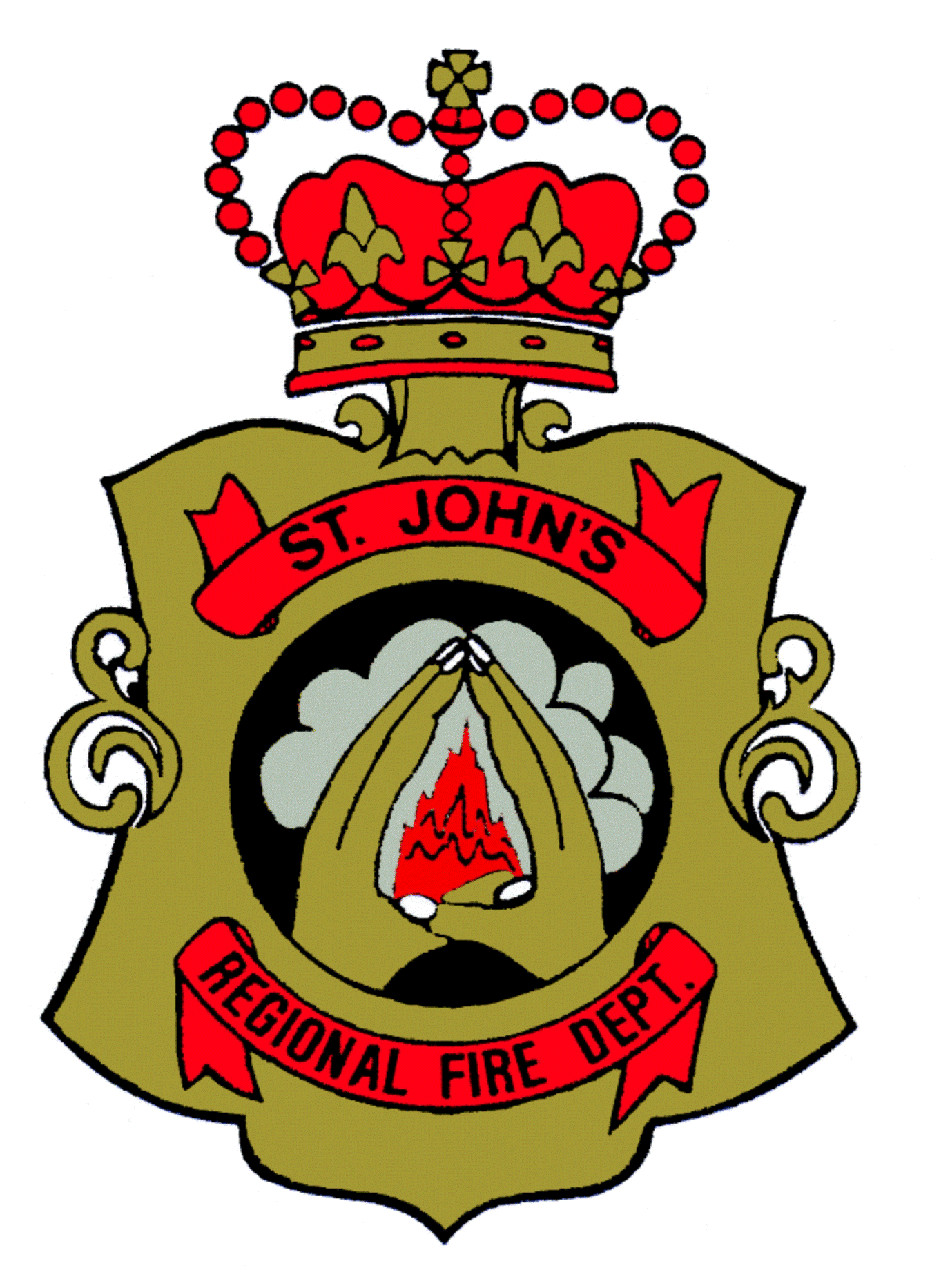Information
-
Reason for Inspection
- General Fire Inspection
- Preliminary Walk-Through
- Complaint
- Open Air Burning Permit
- Home Oxygen
- Capacity Inspection
-
Business/Organization
-
Conducted on
-
Inspected By
- Fire Inspector Matthew Power
- Fire Inspector Jeannine Murphy
- Fire Inspector Andrea Perry
- Fire Prevention Officer Cara Pardy
-
Location
-
Classification of Occupancy (NFPA 101)
- Assembly
- Educational
- Day Care
- Health Care
- Ambulatory Care
- Detention & Correctional
- Residential
- Lodging or Rooming House
- Hotel
- Dormitory
- Apartment Building
- Residential Board & Care
- Mercantile
- Business
- Industrial
- Storage
- Multiple Occupancy
- Mixed Occupancy
- Separated Occupancy
-
Street Front Photo of Business/Organization (civic number shown)
Business/Organization Contact Information
-
Name
-
Title Within Business/Organization
-
Phone Number
-
Email Address
General Inspection Items
-
National Fire Code 2020
Fire Alarm System
-
Is a Fire Alarm System Required for this Occupancy?
-
Fire Alarm System Inspection Records (NFC 6.3.1.2)
Fire Extinguishers
-
Fire Extinguishers Present (NFPA 10 5.1.1)
-
Fire Extinguisher Inspection Records (NFC 6.2.1.1)
-
Fire Extinguishers in Proper Locations (NFPA 10 6.1.3, NFC 4.6.9.1)
-
Fire Extinguishers Visible & Accessible (NFPA 10 6.1.3.1 & 6.1.3.3)
Sprinkler System
-
Is a Sprinkler System Required for this Occupancy?
-
Sprinkler System Inspection Records (NFC 6.4.1.1)
-
Proper Clearance Provided Around Sprinkler Heads (NFPA 13 20.9.6)
-
All Required Areas Protected by Sprinkler Heads ( NBC 3.2.2.18, NFPA 13 9.1.1 & 9.2)
Emergency Planning
-
Does this occupancy fall within 2.8.1.1. of the NFC?
-
Fire Safety Plan in Place (NFC 2.8.2)
-
Fire Drills Being Conducted as Required (NFC 2.8.3)
-
Emergency Instructions Posted (NFC 2.8.2.14, LSC 31.7.1)
-
Keys Available Onsite for Access to Fire Alarm System (NFC 2.8.1.3)
-
Staff Trained (NFC 2.8.1.2)
Commercial Kitchen Fire Protection
-
Does this occupancy have a commercial kitchen?
-
Exhaust Components Professionally Cleaned (NFC 2.6.1.9.(3))
-
Inspection of Kitchen Suppression System (NFC 2.6.1.9.(2))
-
Kitchen Suppression System Manual Activation Station Present w/Signage (NFPA 96 10.5.1)
-
Class K Extinguisher Present (NFPA ????)
Fire Department Access
-
Access to Building (NFC 2.5.1.1 & 2.5.1.5)
-
Access to Fire Department Connections (NFC 2.5.1.4)
Storage
-
Storage of Combustible Materials (NFC 2.4.1)
-
Storage of Flammable & Combustible Liquids (NFC Part 4)
-
Storage of Compressed Gases (NFC 3.1.2.5, 3.2.8 & 3.3.5)
-
Storage in Hazardous Areas (NFC 2.4.1.1)
-
Indoor Waste Storage, Including Oily Rags (NFC 2.4.1.3)
-
Outdoor Waste Storage (NFC 2.4.1.1.6 & CSJ By-Law)
-
Removal of Lint Accumulation
-
Inspection Records of standby power systems. (OFC 604.3.2)
-
Electrical (OFC 605)
-
Heat Appliances (OFC 315.2, 603, 605.10)<br>
-
Ceiling tiles (OFC 703)
-
Emergency Generator (OFC 604)
-
Occupancy Posted (A use group only, OFC 1004.3)
-
Exits / Aisles (OFC 1003, 1030)
-
Emergency Lighting (OFC 1006)
-
Interior Doors (OFC 703, 1008, 1030)
-
Exit Doors (OFC 1008, 1030)
-
Stairways (OFC 1009)
-
Exit Signs (OFC 1011)
-
Special Considerations / Operations
Electrical
-
Use of Extension Cords (CEC ????)
Inspection Review
-
Non Compliance with the Ohio Fire Code Reference: Ohio Revised Code 3737.41, 3737.42, and 3737.51.
-
Is the Building in compliance with the Ohio Fire Code?
-
Violations found need to be addressed as soon as possible. The re-inspection date will be:
-
Special Notes
-
Inspection Reviewed with:
-
Inspector:
-
Inspector Certification Number:
Pre-Incident Planning Information
-
PrePlan Photos
-
Detection System Notification
-
Fire Department Connection Location
-
Occupancy Use Group (NBC 1.4.1.2)
- A1 – Assembly Occupancy
- A2 – Assembly Occupancy
- A3 – Assembly Occupancy
- A5 – Assembly Occupancy
- B1 – Detention Occupancy
- B2 – Treatment Occupancy
- B3 – Care Occupancy
- B4 – Home-type Care Occupancy
- C – Residential Occupancy
- D – Business and Personal Services Occupancy
- E – Mercantile Occupancy
- F1 – High-hazard Industrial Occupancy
- F2 – Medium-hazard Industrial Occupancy
- F3 – Low-hazard Industrial Occupancy
- G1 – High-hazard Agricultural Occupancy
- G2 – Agricultural Occupancy not elsewhere classified
- G3 – Greenhouse Agricultural Occupancy
- G4 – Agricultural Occupancy w/no human occupants
- U
-
Occupancy Use Group Additional Comments
-
Number of Stories Above Grade
- 0
- 1
- 2
- 3
- 4
- 5
- 6
- 7
- 8
- 9
- 10
-
Number of Stories Below Grade
- 0
- 1
- 2
- 3
- 4
- 5
- 6
- 7
- 8
- 9
- 10
-
Annunciator Location
-
Sprinkler System Installed
-
Detector Type (NFPA 72, Chapter 17)
- Carbon Monoxide Detectors
- Combination/Multi-Criteria/Multi-Sensing Detectors
- Gas Detectors (List specific gas(es) in notes)
- Heat Detectors
- Manually Actuated Alarm-Initiating Devices
- Radiant Energy (Flame) Detectors
- Rate of Rise Detectors
- Smoke Detectors
- None
-
Construction Type (NFPA 220)
-
Electric Service Location
-
Special Hazards
-














